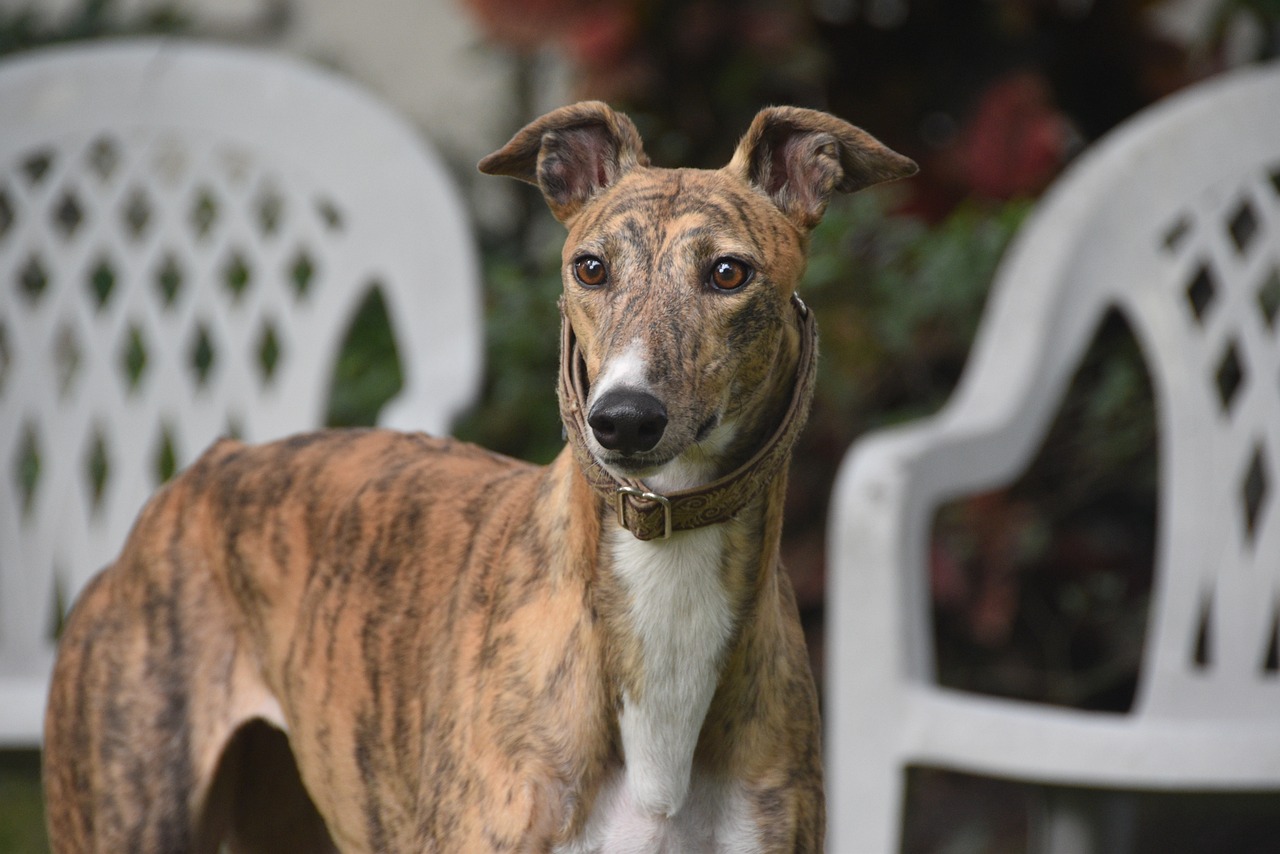Greyhounds, known for their sleek physique and incredible speed, are a unique and fascinating breed. Often associated with racing, these dogs have traits that may surprise potential owners, especially those living in apartments. Contrary to what some might think, Greyhounds can be well-suited to apartment living. This article will explore various aspects of keeping a Greyhound in an apartment, including space requirements, exercise needs, temperament, and overall care.
1. Understanding the Greyhound Breed
Greyhounds are medium to large-sized dogs, famous for their streamlined bodies and fast running speeds. They are also known for their gentle and affectionate nature. Despite their reputation as racing dogs, Greyhounds are typically calm and laid-back, which can make them suitable for apartment living.
2. Space Requirements for Greyhounds
While Greyhounds are large dogs, they don’t require as much space as one might expect. They are often referred to as “couch potatoes” and enjoy lounging around after a good run or walk. A comfortable bed and a quiet place to retreat are sufficient for their indoor living needs.
3. Exercise Needs in an Apartment Setting
Contrary to popular belief, Greyhounds do not require excessive exercise. They are sprinters, not endurance runners, so short bursts of high-speed running in a safe, enclosed area can suffice. Daily walks and occasional opportunities to run in a safe, enclosed area are important.
4. Grooming and Maintenance
Greyhounds have short, low-maintenance coats that require minimal grooming. Regular brushing and occasional baths are enough to keep their coat healthy. This makes them a relatively clean and odor-free companion in an apartment setting.
5. Temperament and Socialization
Greyhounds are generally gentle, friendly, and good-natured. They can be reserved around strangers and may require early socialization to boost their confidence. In an apartment setting, socializing with various people and environments is important to prevent shyness or anxiety.
6. Training and Behavior Management
Greyhounds are sensitive and intelligent, responding well to gentle, positive reinforcement training methods. Training is important for adapting to apartment living, particularly for leash walking and recall in public areas.
7. Noise Levels and Barking
Greyhounds are typically not known for excessive barking. This makes them well-suited for apartment living where noise can be a concern for neighbors. However, like all dogs, individual personalities may vary, and some training might be required to manage barking.
8. Compatibility with Children and Other Pets
Greyhounds are generally good with children, showing a gentle and tolerant nature. However, due to their strong prey drive, interactions with small pets should be supervised. Early socialization and training can help manage their instincts around other animals.
9. Health Considerations in Apartment Living
Greyhounds are generally healthy, but they do have some breed-specific health considerations. Regular veterinary check-ups, proper nutrition, and maintaining a healthy weight are important. Their thin skin and coat make them more susceptible to extreme temperatures, which should be considered in an apartment setting.
10. Considerations for Retired Racing Greyhounds
Many apartment dwellers adopt retired racing Greyhounds. These dogs often transition well from the racetrack to apartment living, enjoying a more relaxed lifestyle. Understanding their background and providing a patient, nurturing environment is key to helping them adapt.
Conclusion
In conclusion, Greyhounds can make excellent apartment pets due to their calm demeanor, moderate exercise needs, and minimal grooming requirements. Prospective owners should consider their ability to provide regular, albeit not extensive, exercise, a comfortable living space, and proper socialization. With the right care and environment, Greyhounds can be affectionate, laid-back companions, bringing joy and elegance to any apartment home.
Frequently Asked Questions An Apartment Owner Might Ask Before Getting A Greyhound

 Toledo, United States.
Toledo, United States.
